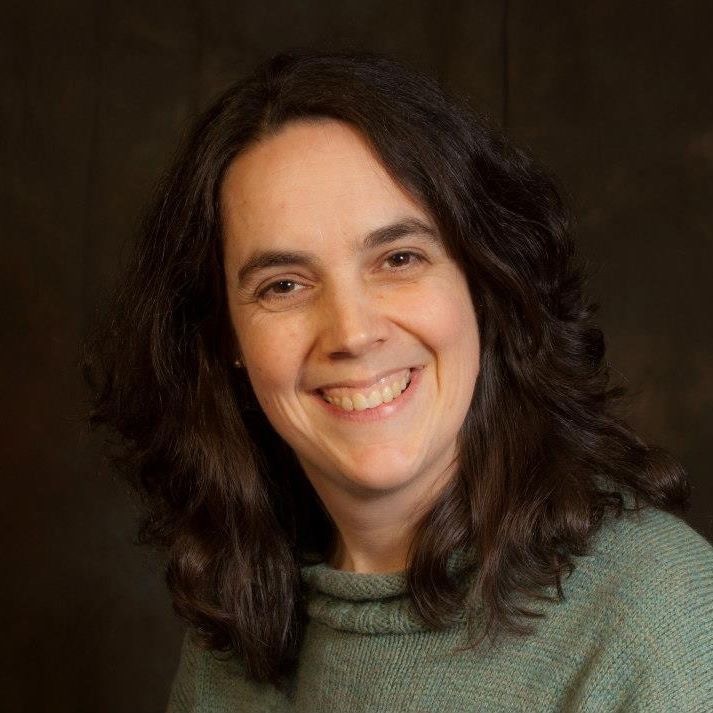Traumatised People Are All Around Us: Are We Ready to Respond with Compassion?
- Karen Law
- Nov 3
- 4 min read
First written in 2019, updated to reflect my ongoing learning and practice.
When I first wrote this piece in 2019, I was beginning to explore the question of what really helps traumatised people heal. Since then, both my work and my understanding have deepened. I’ve trained in trauma-informed approaches, including Quantum Energy Coaching (QEC), and I now work part-time supporting people who hear voices and experience other altered states of perception. Every day, I’m reminded how vital compassion and connection are in helping people find their way towards safety and recovery.
The Power of Human Connection
I first wrote this after watching the film Albert Nobbs, starring Glenn Close. In an interview about the film, Close said:

“People desperately need connection. There’s a danger now of getting further and further away from two human eyes looking into two human eyes.”
She also spoke about empathy:
“We have these neurons called mirror neurons, which reflect what you see in other people’s faces.”
At the time, I didn’t yet have the language of neuroscience to describe what she was talking about. Now I recognise her words as a perfect description of co-regulation: the way our nervous systems communicate safety through eye contact, tone of voice and presence.
Neuroscientists like Stephen Porges, Bruce Perry, Peter Levine, Bessel van der Kolk and Gabor Maté have shown us how deeply human connection shapes the brain and body. When we feel seen and safe, our biology begins to settle. Healing begins not with treatment plans, but with attuned presence.
Where’s the Humanity?
A client once told me about staying in a hotel where almost everything was automated: check-in screens, key cards, self-serve dining. She said she hardly saw another human being all weekend.
That conversation stayed with me. We’re surrounded by technology that makes life convenient, but it also distances us from one another. Glenn Close’s words still echo: “What every human being seeks is safety and connection.”
Whether we’re talking about trauma, grief, loneliness, or mental distress - human contact matters. We heal in relationship, not isolation.
Are We Truly Trauma-Responsive?
Back in 2019, I asked whether we were becoming a truly trauma-responsive nation. Many services were starting to talk about trauma, but I wasn’t seeing the same shift in how people were being met.
Today, I’d say we’ve made progress, but there’s still a long way to go. Awareness campaigns have increased understanding, yet what really changes lives is embodiment: when individuals and organisations learn to bring safety, compassion, and respect into every interaction.
In my work with people who hear voices, I see how transformative this can be. When someone feels genuinely heard and not pathologised, it opens the door to trust. Healing starts to feel possible again.
What Works in Healing for Traumatised People
When I first wrote this, I described what doesn’t work: labeling natural survival responses as disorders, suppressing emotions with medication, or treating people as broken.
I still believe we need a paradigm shift in how we view distress. Trauma-informed care starts with understanding the biology of safety. It means helping people regulate their nervous systems, release stored survival energy, and return to the “window of tolerance” where healing can take place.
We now know that trauma can begin long before birth, and can even echo through generations. My own work with Quantum Energy Coaching and trauma-informed bodywork has shown me how deeply these patterns can run—and how powerfully they can change when we create the right conditions for safety and integration.
Honouring Lived Experience
Glenn Close also said:
“I’ve read about and met people who’ve had horrendous childhoods, and they’re the most enlightened people. They have a certain kind of soul.”

That resonates deeply. So many of the most insightful, compassionate people I’ve met have lived through profound suffering. Their experiences carry wisdom that can guide us all.
We need to ensure their voices are heard, not just in awareness campaigns, but in conferences, research, and policy-making. We should value and pay them for their time and expertise. True trauma-informed practice includes listening to lived experience as equal to professional knowledge.
What I Know Now
Looking back, I see how much my understanding of trauma has evolved. Healing isn’t about fixing what’s “wrong” with someone. It’s about helping their system remember what safety feels like. It’s about compassion, curiosity, and connection.
Through my work, I’ve learned that the body, mind, and energy system are not separate. Each holds part of the story, and each can be supported to heal. When someone begins to feel truly safe, both within themselves and in relationship with another, their natural capacity for healing awakens.
Final Thoughts
Trauma affects all of us, directly or indirectly. But so does healing. Every time we meet another person with empathy rather than judgement, we help repair the disconnection that trauma creates.
If you’re on your own healing journey, know that it is possible to feel safe again. The path may take time, but your body and mind know the way. I’m honoured to walk alongside people as they rediscover that safety, connection, and joy are all within reach.

#QuantumEnergyCoaching #TraumaHealing #EmbodiedHealing #CompassionHeals #TransformationalTherapy #MentalHealthAwareness #TraumaResponsiveScotland #TraumaInformedMassage #HealingInConnection
_edited.jpg)








Comments